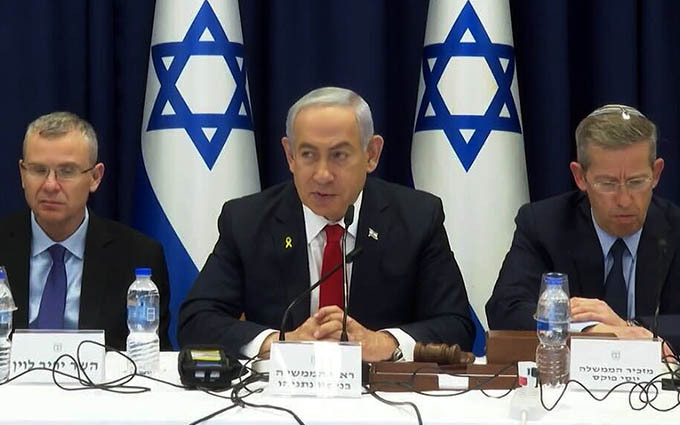The emerging ceasefire between Israel and Lebanon is a significant moment for both nations. It challenges Israel to demonstrate whether it has learned the lessons from past conflicts, particularly the events leading up to the October 7 Hamas attack. A central question remains: Can this agreement avoid the pitfalls of prior arrangements like UN Security Council Resolution 1701?
A History of Repeated Mistakes
Israel’s history with Hamas in Gaza and Hezbollah in Lebanon reveals a troubling pattern. After major military operations such as Cast Lead or Protective Edge, Israel would withdraw, leaving Hamas to rebuild its arsenal and infrastructure. Similarly, after the 2006 Second Lebanon War, UNSC Resolution 1701 mandated Hezbollah’s disarmament and the deployment of Lebanese Armed Forces (LAF) and UNIFIL in southern Lebanon. Despite these measures, Hezbollah rearmed and fortified villages near the Israeli border, exploiting the lack of effective enforcement.
The decision to prioritise quiet – particularly during periods of economic and diplomatic success – allowed threats to grow unchecked. While Israel acted to prevent Iranian weapons from reaching Hezbollah, it did little to stop the broader militarisation of southern Lebanon, leading to the current threats facing its northern communities.
What’s Different This Time?
The new ceasefire agreement introduces two significant changes:
- Enhanced Monitoring Mechanism
Unlike UNSC 1701, monitoring will not solely rely on UNIFIL, whose track record includes involvement by nations hostile to Israel. The United States is expected to take a leading role, with France potentially involved despite Israeli reservations. - Israel’s Right to Act
Crucially, Israel seeks explicit US backing to act if Hezbollah violates the terms. This would grant Israel the freedom to address violations, such as rearming or rebuilding infrastructure, without relying on international mechanisms that have previously failed.
Challenges and Risks
The agreement’s success hinges on enforcement. While Israel insists on retaining the right to act, Lebanon’s government opposes this, citing sovereignty concerns, despite Hezbollah’s dominance in Lebanese territory.
Furthermore, the reliance on US support introduces potential risks. Future US administrations may interpret violations differently, leading to tensions or a lack of support for Israeli actions. This concern is not unfounded, given past instances where US policy shifts undermined prior agreements, such as Barack Obama’s reversal of commitments made during George W. Bush’s presidency.
A Fragile Opportunity
The ceasefire agreement offers Israel a chance to address past mistakes, but its success depends on proactive enforcement and adaptability to shifting international dynamics. By securing US legitimacy for its actions, Israel hopes to navigate this delicate balance, ensuring long-term security while avoiding the mistakes of UNSC 1701.
Conclusion
The emerging deal highlights both progress and pitfalls. While it incorporates lessons from the past, its reliance on external enforcement and international consensus leaves room for complications. For Israel, vigilance and decisive action will be critical in ensuring that history does not repeat itself.








